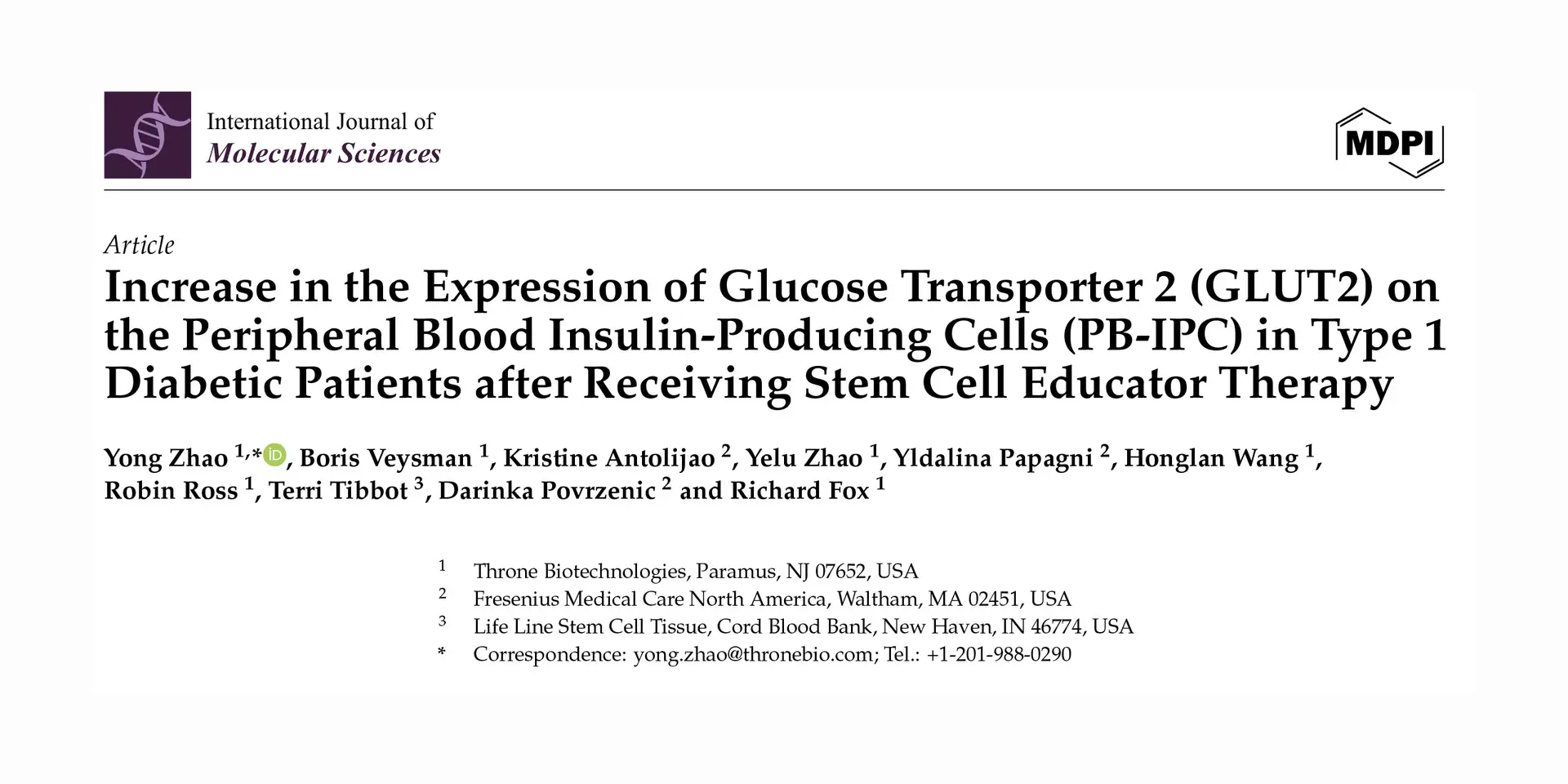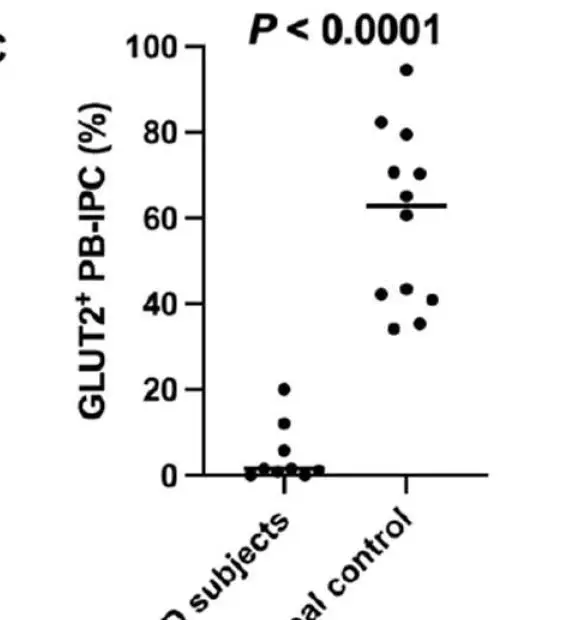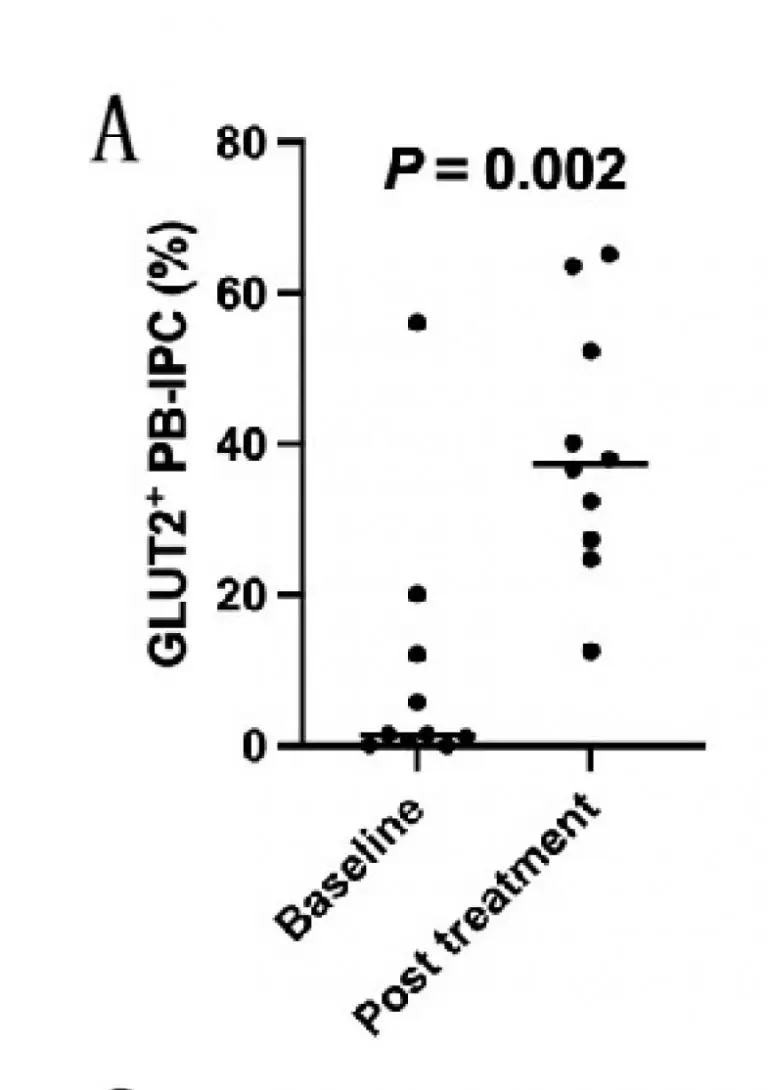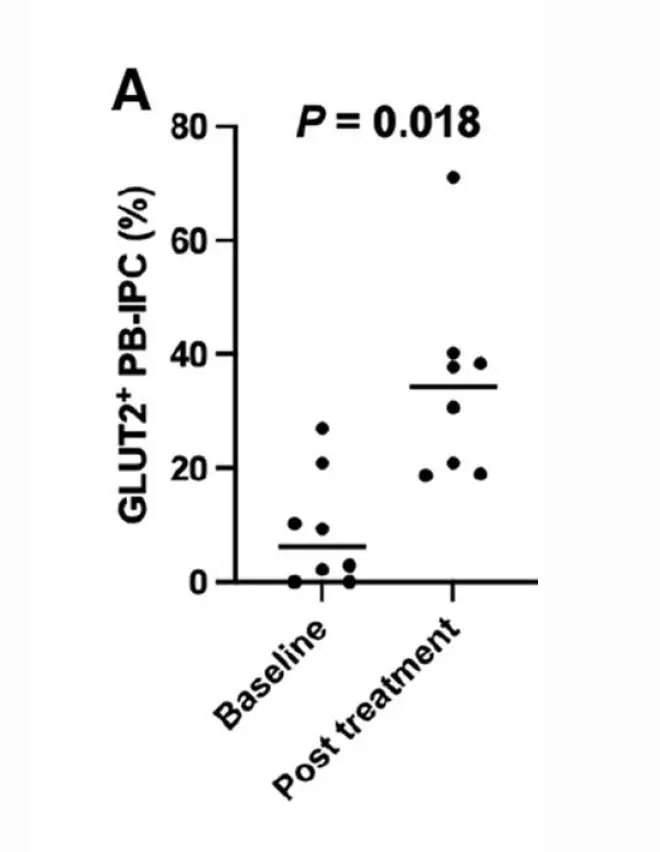Type 1 Diabetes Treatment and Details
Your Treatment Process
- Treatment begins with understanding your current diabetic condition along with any other conditions you may be experiencing.
- We will ask you to submit a blood sample to us so we can run special laboratory tests to give you a better understanding about your treatment.
- After examining the laboratory test results and with your desire to be treated, we will schedule the treatment.
- The treatment takes 2 days. The first day we separate your white blood cells for Stem Cell Educator Therapy treatment. The second day your treated white blood cells are returned. Some patients experience an immediate improvement.
- Then you are released to return home. Treatment may result in a total cure or a reduction in the amount of insulin you require.
Scientific Details for Those Who are Interested
Insulin injections are not a cure. They only treat the surface symptoms of diabetes. Stem Cell Educator Therapy aims to fundamentally correct the autoimmune destruction of islet beta cells and improve the beta cell function.
Clinical trials reveal that a single treatment of Educator Therapy can provide a lasting reversal of autoimmunity that allows regeneration of islet beta cells and improvement of metabolic control in people with type 1 (T1D) and type 2 (T2D) diabetes. Even long standing participants with over 20 years of type 1 diabetes have demonstrated increased C-peptides, improved sugar control, and regenerated beta cells post treatment. Similar clinical data were achieved in long-standing (> 25 years) severe type 2 diabetic patients, with markedly improving islet beta-cell function after receiving one treatment with Educator therapy.
Multi-center clinical trials in the United States, China, and Spain have demonstrated the safety and efficacy of Educator Therapy in more than 200 participants (including T1D and T2D) spanning from 3 – 70 years old. In follow up studies, more than 70% of participants who underwent Educator Therapy showed significant, statistical improvement in their immune markers. This improvement was demonstrated by measuring Tregs, Th1/Th2 cytokines, and autoimmune memory T-cells. Notably, insulin dosages have been reduced or stopped in most patients. One type 1 diabetes patient is now 9 years post-treatment and still insulin-independent.
The video below shows a 17 year-old boy with type 1 diabetes and severe muscle weakness due to his diabetes, possibly diabetic amyotrophy.
He is shown here before and after stem cell educator therapy. Before treatment he was unable to stand or walk, got around only on a scooter, and could hardly hold up his head. He was treated at a world-famous children’s hospital for many months without improvement.
Two months after treatment he walked normally and his type 1 diabetes was also cured. Seven months after treatment he helped his girl-friend move her furniture to a new apartment.
An article in the International Journal of Molecular Sciences.

In this peer-reviewed scientific publication we identified insulin-producing cells in the peripheral blood of humans (PB-IPC) that could transport glucose across cell membranes (GLUT2+ PB-IPC) and showed how they were very low in type 1 diabetes patients as compared to normal and how the Throne Stem Cell Educator Therapy can restore them to normal along with restoring the patient’s insulin production.
In this figure, we identified the percentage of GLUT2+ PB-IPC in type 1 diabetes patients as compared to normal controls without type 1 diabetes and found that type 1 diabetes patients have very low percentages of GLUT2+ PB-IPC as compared to normals.

In this figure, we identified the percentages of GLUT2+ PB-IPC in type 1 diabetes patients before and after our Stem Cell Educator Therapy and found that the post-treatment percentages were restored nearly to normal by our treatment.

Importantly, we found very low percentages of GLUT2+ PB-IPC in a ten year-old child without type 1 diabetes but who tested positive for three auto-antibodies that lead to type 1 diabetes. Her GLUT2+ PB-IPC reverted to normal after Stem Cell Educator Therapy and she is now 20 months post-treatment, still with normal blood sugar and insulin levels.
Even long-standing type 1 diabetes can be at least partially cured. In this figure we show the percentages of GLUT2+ PB-IPC in 8 such patients with long-standing type 1 diabetes. Their pre-treatment percentages were very low but, post-treatment, those percentages were nearly normal and they at least partially recovered their ability to make their own insulin. A 59 year-old with type 1 diabetes since age 1 was able to cut her daily insulin requirement in half, with much better control and much lower HgbA1c.

If you would like more information about Throne Stem Cell Educator Therapy for type 1 diabetes, click here.
If you would like to apply for Throne Stem Cell Educator Therapy for a child with type 1 diabetes, click here.
If you would like to apply for Throne Stem Cell Educator Therapy for an adult with type 1 diabetes, click here.